My first visit to Pearl Farm Resort in Davao, during the the November 2007 Flavors of Spain, so enamored me with the place so much so that I decided to return, this time with my whole family in tow.
Check out “Flavors of Spain in Davao“
.jpg) |
| The Parola at Pearl Farm Resort |
This 11-hectare, Class “AAA” resort, located on a secluded cove at the Island Garden City of Samal’s Kaputian District, was formerly the home, since 1958, of the Aguinaldo Pearl Farm which produced cultured pink, white and gold pearls from white-lipped oysters brought from Jolo. It ceased operations in 1980 but was developed into a world-class beach resort, opened in 1992. It started out with 10 hillside cottages and 2 Samal cottages on stilts.
Check out “Resort Review: Pearl Farm Resort“
Today, the main resort has expanded into 70 guestrooms (17 standard Hilltop rooms, 21 superior Samal Houses, 6 executive, 2-storey Samal suites and 19 de luxe Mandaya Houses and 7 Malipano Villas) made mainly with bamboo and wood and harmonizing with the clear, blue sea, the white sand and its backdrop of impressive greenery.
.jpg) |
| Davao International Airport |
We book flights with Philippine Airlines and left Manila for Davao City, the gateway to the resort, on the very early 4:30 AM flight. We arrived at Francisco Bangoy International Airport by 6:30 AM and were whisked, via a resort van together with other guests, to the Pearl Farm Marina in Lanang. From its developed wharf, we were to be transported to the resort via a large motorized outrigger boat. Our boat left by 8:30 AM and the ride took all of 45 mins.
.jpg) |
| Waiting for our boat at Pearl Farm Marina |
We arrived at the resort by 9:15 AM and we were checked in at a luxurious, 2-storey, Muslim-inspired Samal Suite, specifically Suite 1. This was convenient for my octogenarian in-laws as this particular suite was the nearest to the Maranao Restaurant, allowing for shorter walks. Noted architect Francisco “Bobby” Mañosa designed the cottages and villas as close as possible, in both materials and form, to the different Mindanao tribes they were named for: the Bagobo, B’laan, Maguindanao, Tausug, T’boli and Yakan. Ours was the Tausug. For its depiction of regional traits, the resort received the Kalakbay Award for Best Resort for two consecutive years (1994 and 1995) and was one of the venues of the 1994 Miss Universe pageant.
| The Samal Suites |
The Samal suites (as well as the cottages) were patterned after the stilt houses of seafaring Samal tribes of the Sulu Archipelago. My wife Grace, my kids Jandy and Cheska and I occupied the master bedroom, with its king-size bed, on the second floor while my in-laws occupied the living room on the first floor which was converted to another bedroom with a sofa bed with trundle bed being provided. Both floors have their own private bathroom with the masters’ provided with a bathtub.
| The master bedroom |
Both rooms are airconditioned and provided with cable TV, a well-stocked mini-bar, coffee and tea making facilities, safety deposit box and hair dryer. Our veranda, overlooking the serene blue water, had a private staircase leading down to our very own small yet private beach. A jar of water and a coconut shell dipper are placed near the entrance to our suite so that we may wash away the sand after a day of barefoot walking on the beach. In local custom, this gesture is also symbolic of a cleansing of the spirit.
| The converted living room |
After checking in at our suite, we all proceeded to the Maranao Restaurant for brunch. This cavernous dining pavilion, replete with tribal motifs, has a menu with an assortment of international culinary influences, all wonderfully prepared by Filipino chef Edgar Chavez. The buffet features Spanish paella and calamares, Madras seafood curry, Italian pasta, Japanese tempura and even Thai tom yum soup plus sweet pomelo, mangoes and other tropical fruits.
| Maranao Restaurant |
Cocktails, plus inspiring views of the sea and nearby De la Paz and Malipano Islands, can be enjoyed at the Parola Bar. Both restaurant and bar offer free Wi-Fi internet access. The resort also has two swimming pools, one of which was built right on the shore, giving the illusion that the pool water meets the sea, while the other has a jacuzzi.
Check out “Isla Malipano“
| The resort’s second swimming pool |
The Ylang-Ylang Spa, located beside a waterfall and beneath swaying coconut palms, offers several indulgent body and beauty treatments based on natural products. They include a relaxing Papaya Body Scrub, a revitalizing Honey and Cucumber Facial Cleansing and the refreshing Floral Foot Soak. Massage therapies, embracing the most effective European and Asian techniques and using the stress-busting and soul-soothing power of coconut oil, includes the healthy aromatherapy massage.
| Ylang-Ylang Spa |
| The Game Room |
| Aqua Sports Center |
 |
| Function Room |
| Mandaya Weaving Center |
An aqua sports center offers windsurfing, fishing, jet skiing, sea kayaking, island hopping, banana boat rides, Hobie cats, wave runners, snorkeling and scuba diving. Here, we tried our hand at sea kayaking, Grace and Cheska on a tandem kayak while Jandy and I took single kayaks. Donning life jackets, we paddled all the way to Malipano Island. On our way back, it started to rain, some swells started to appear and my kayak capsized. I floated around for some time, not knowing how to get back on my kayak. Luckily, the staff at the Aqua Center noticed my predicament and rescued me, using their speedboat.
| Jandy on his single sit-on kayak |
| That’s me bringing up the rear |
Pearl Farm Resort: Kaputian District, Island Garden City of Samal, Davao del Norte. Tel: (082) 221-9970 to 73. Fax: (082) 221-9979. E-mail: pearlfarmresort@fuegohotels.com. Website: www.pearlfarmresort.com. Davao Citysales office: G/F, Anflocar Corporate Center, Damosa Bldg., Lanang. Tel: (082) 235-0876 and 234-0601. Fax: (082) 235-0873. E-mail: dvosm@pearlfarmresort.com. Manila sales office: 15/F, 1504 Corporate Center, 139 Valero St., Salcedo Village, Makati City. Tel: (632) 750-1896 and 98. Fax. (632) 750-1894. E-mail: mlasm@pearlfarmresort.com.


.jpg)
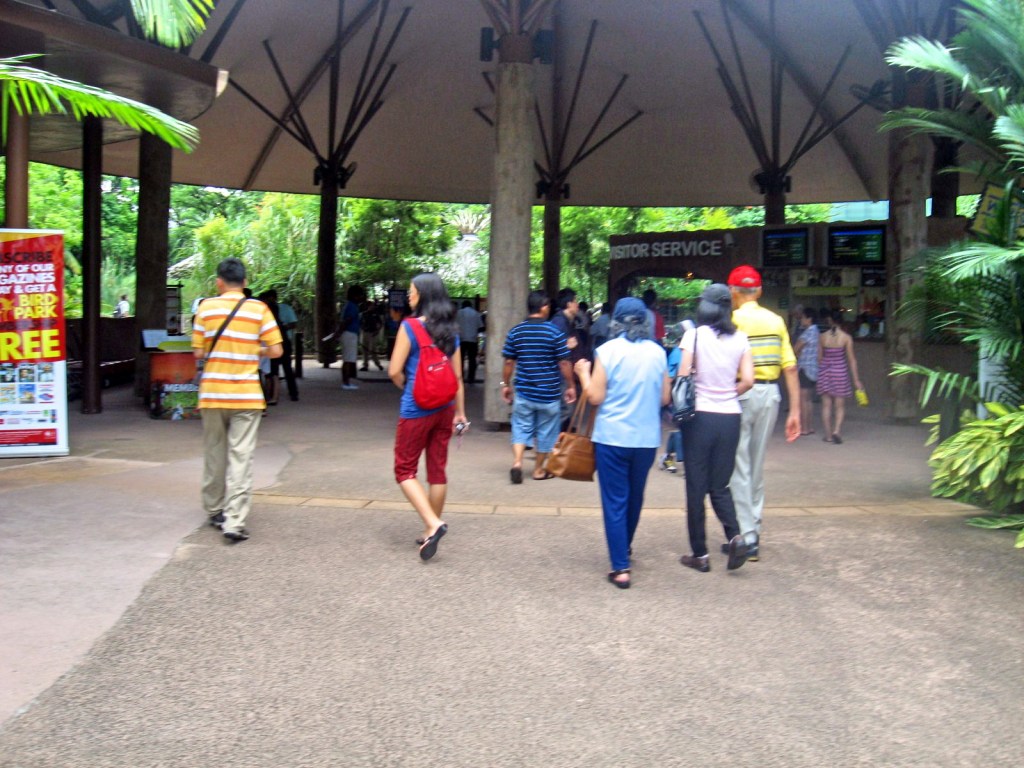
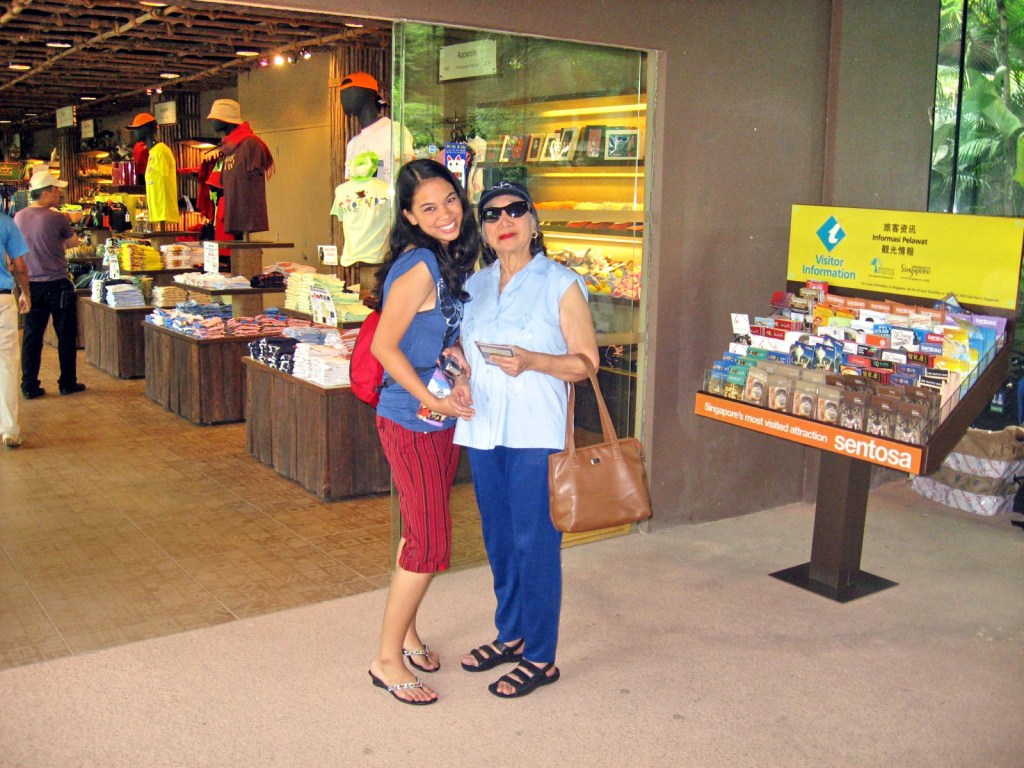





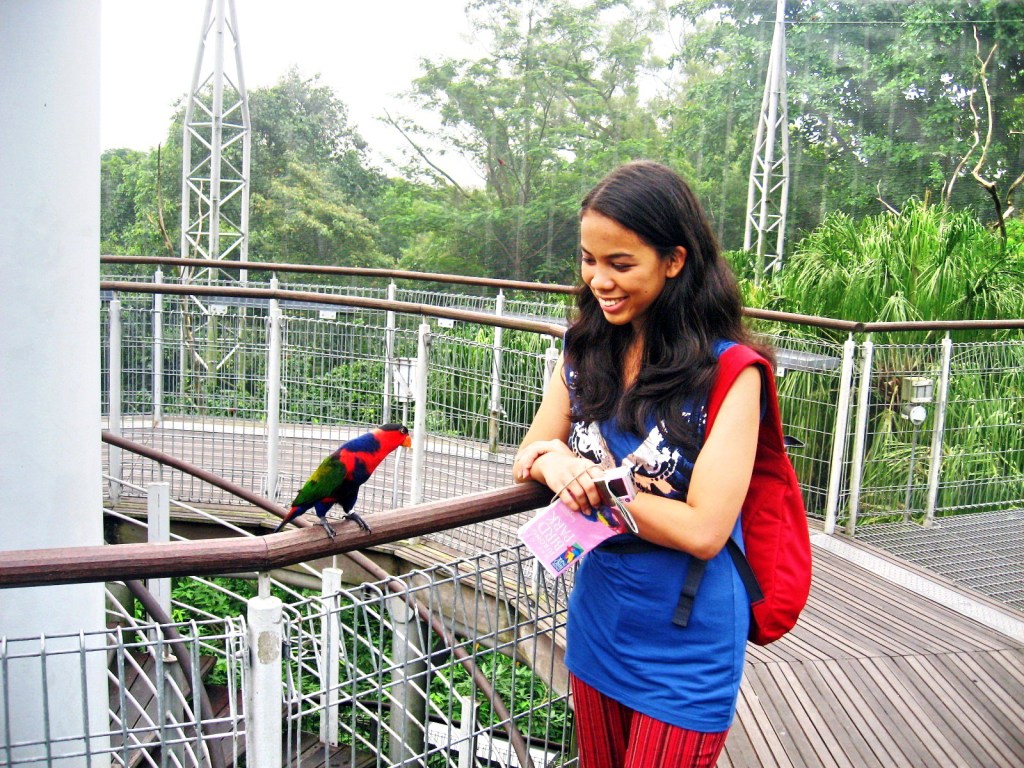







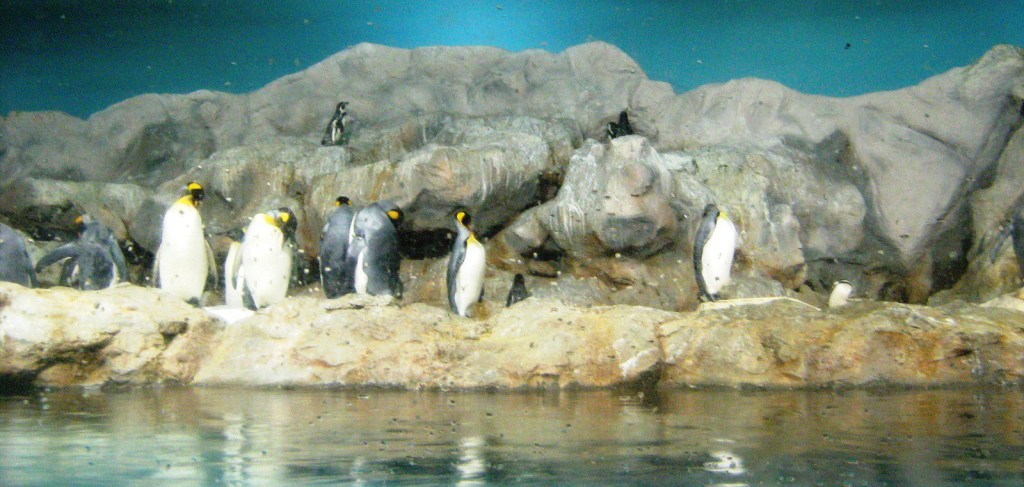
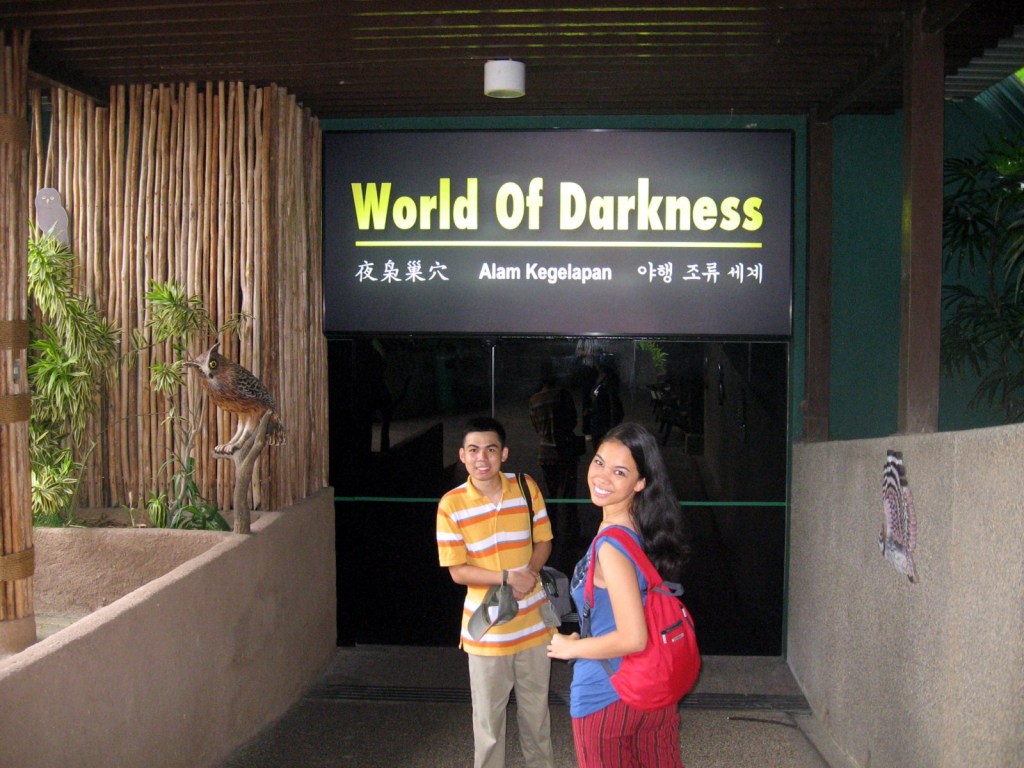

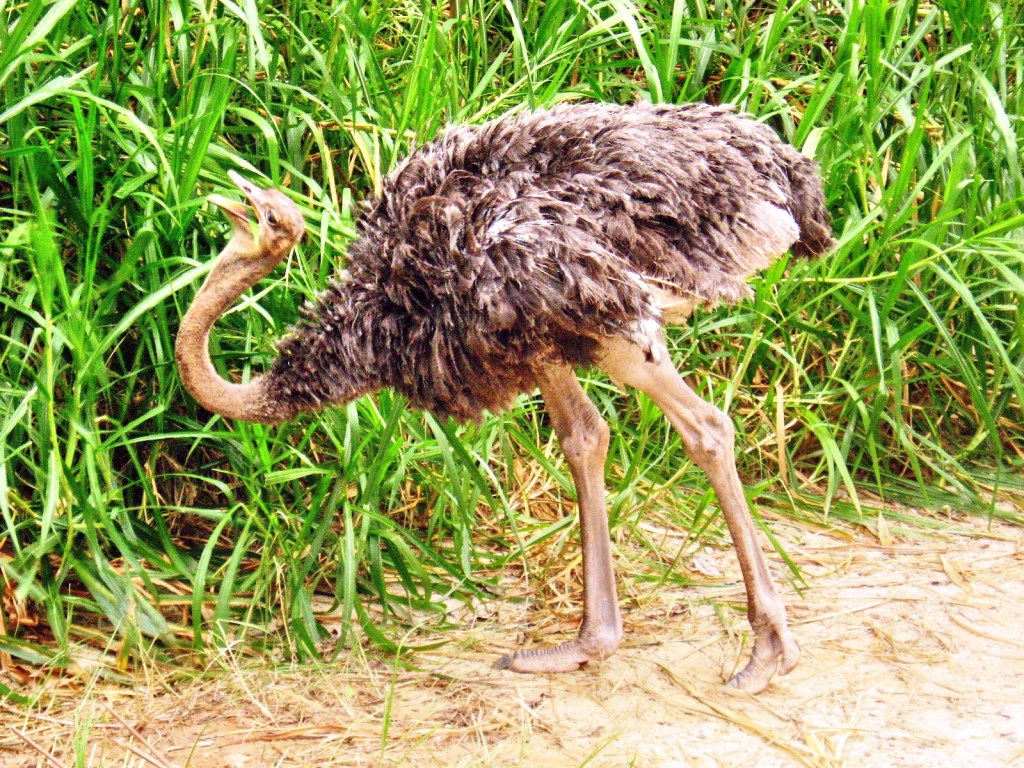

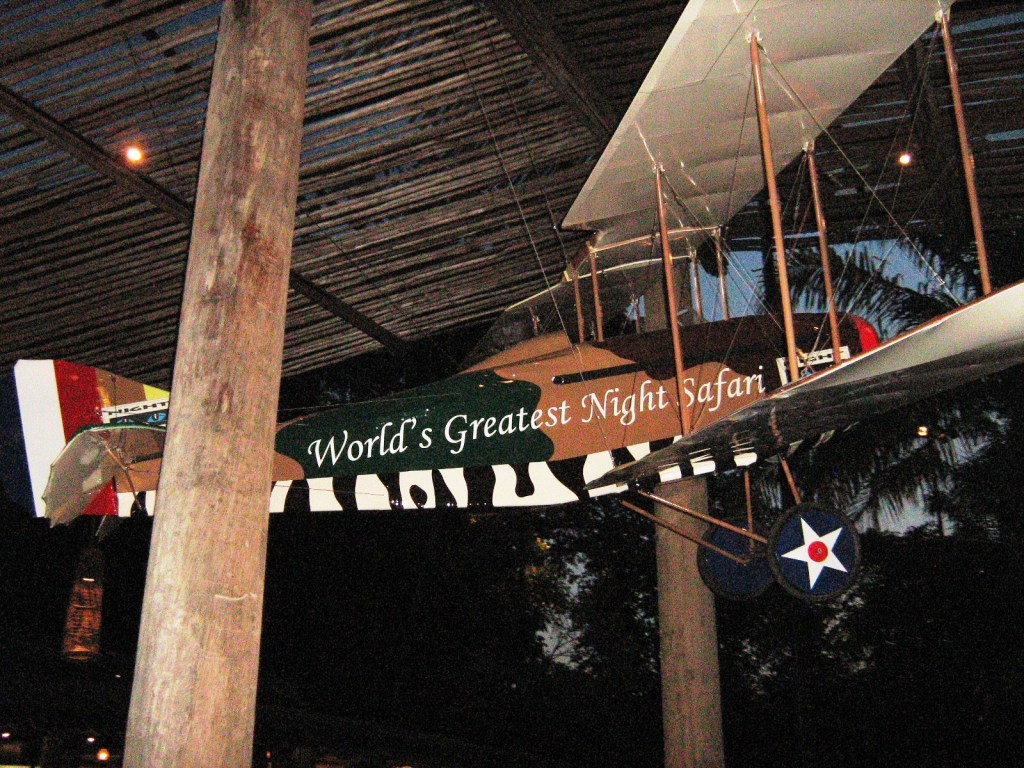
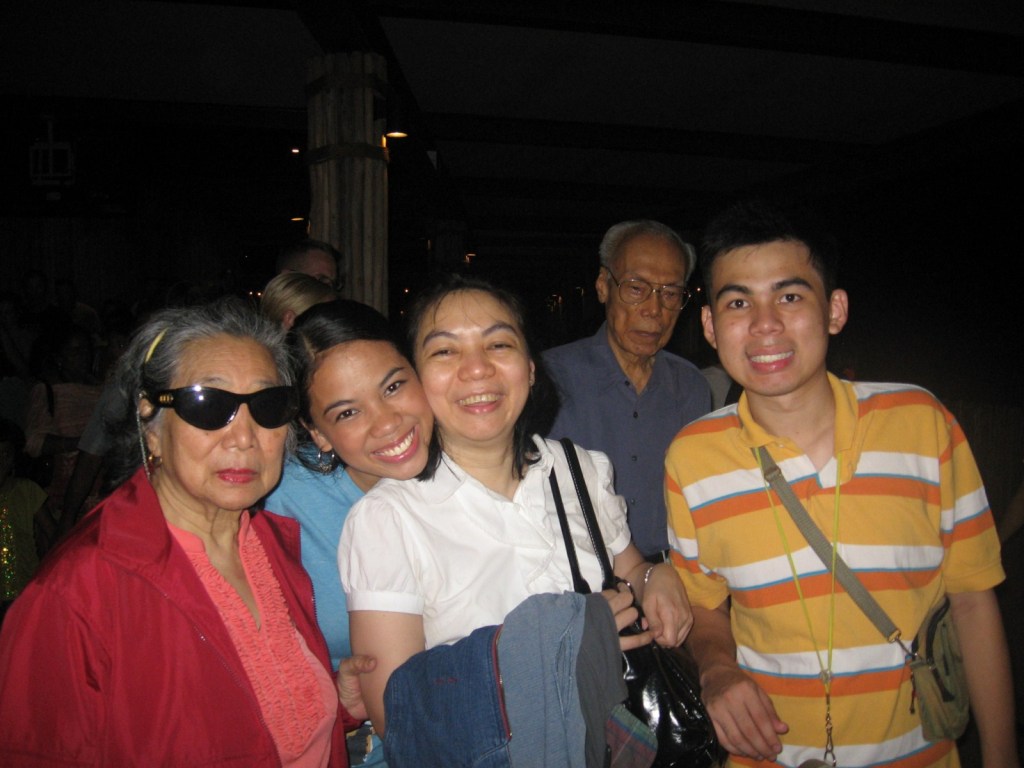
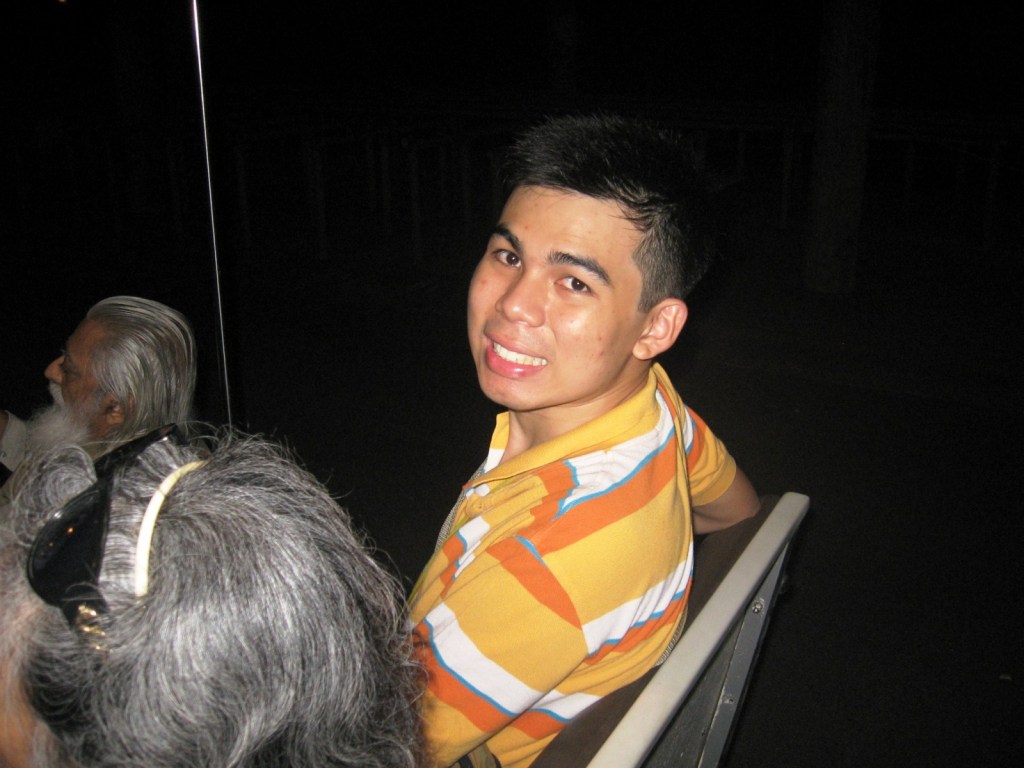
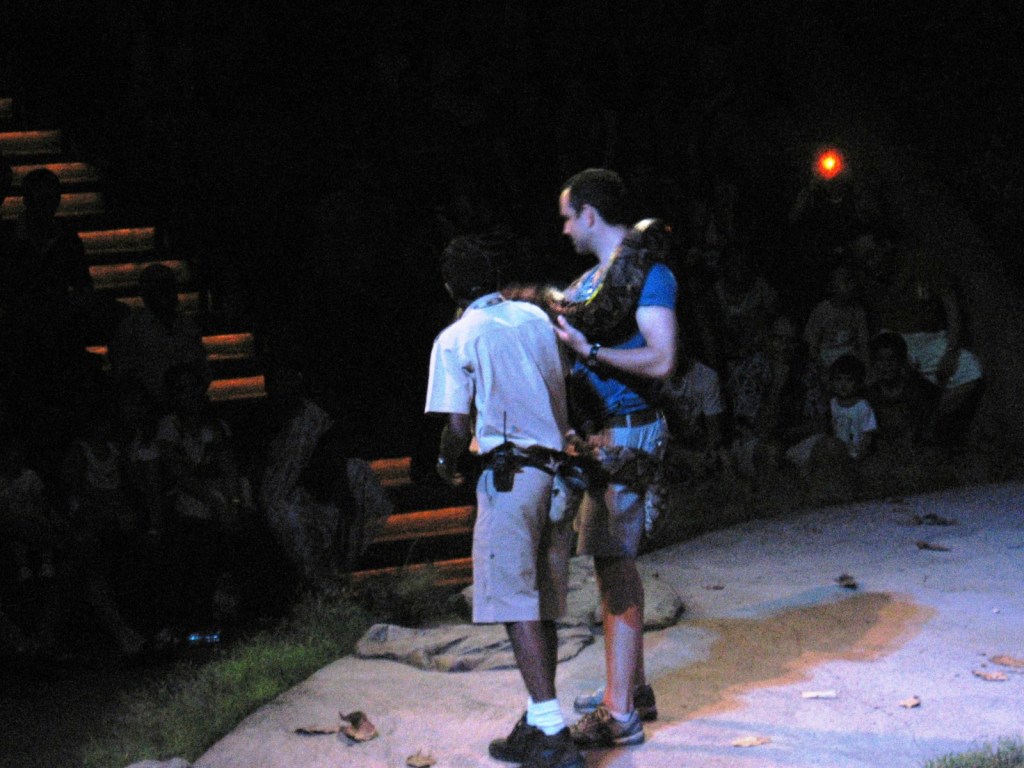
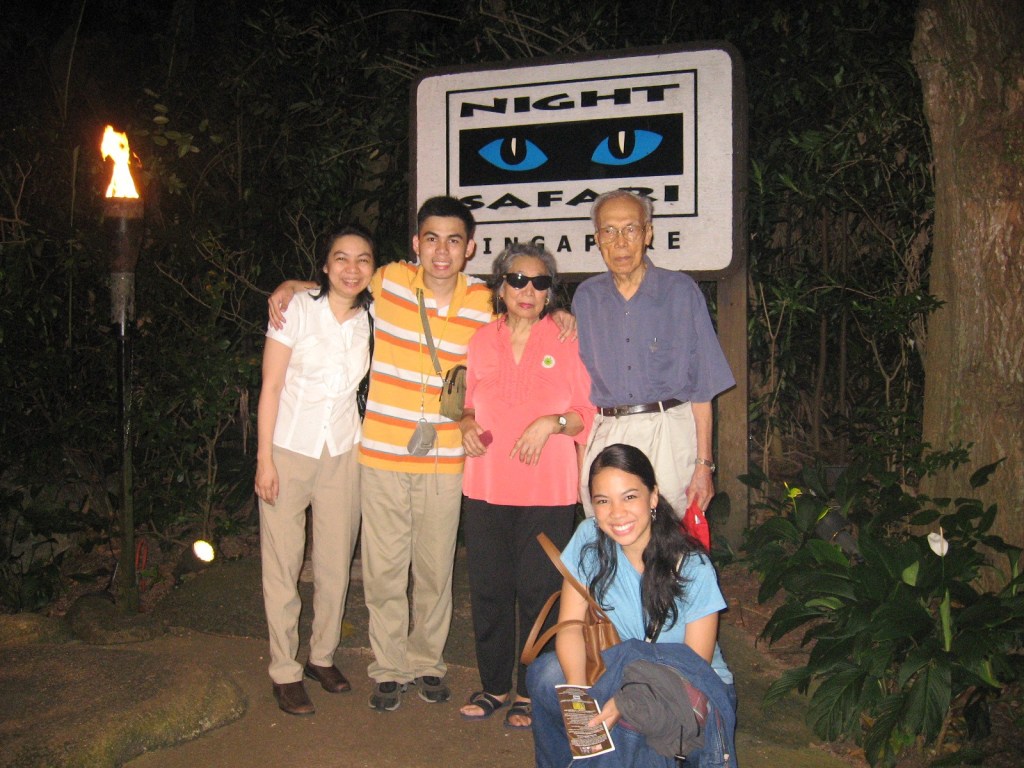

.jpg)













